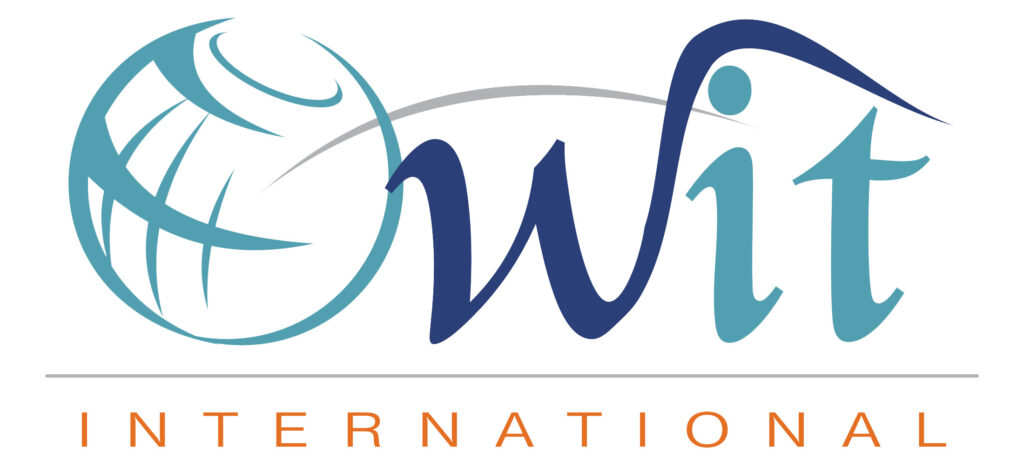By Rosy Hernandez.
India. We have all heard her name in the news for the past year in regards to the global pandemic. But India is so much more than a headline; India is a beautifully diverse, unique country with a rich history and a positive outlook on the future. To fully take in the image of India today, we must have an understanding of its history.
India is a part of the emerging economies dubbed BRICS. The team of heavy-hitters to keep an eye on is made up of Brazil, Russia, India, China and South Africa. India, as we know the country today, could be considered to be in its early stages on the international stage. Like many countries in the Asian continent, India has seen an array of leadership styles that impact its presence and weight in global commerce. Most notably, India has seen a rise in its economic standing in the past thirty years, when prime minister leadership changed hands. Though countries are restructuring towards free market economies, India’s transition was not overtly smooth. From a financial crisis in the early 1970s to a shift from socialism to capitalism in the 1990s, India has faced both scarcity and great successes in pharmaceuticals, telecommunications, information technology, agricultural products, processed foods and overall entrepreneurship. India swung the doors open for globalisation, privatisation and foreign investment and has never looked back.
India seeks to have a more favorable trade balance in the near future. India is a net importer; its trade gap has increased in recent years. Indian leadership, like many, promote their citizens to create and sell their own goods and services, and set an array of tariffs on foreign-made goods. The question then becomes: Is India, or any country for that matter, properly equipped to meet productivity demands in an ever-increasing competitive global market? Is an inward economy capable of successfully financing its imports and laying down the structure for lessening the trade gap?
In a time of amazing growth, the global pandemic brought tragedy to India. However, India is, undoubtedly, a bright country with resilient individuals pushing for massive economic development. Unfortunately, the country struggled to finance the imports of much needed raw materials and finished goods that may have served in the fight against the pandemic. With this insight into the country’s historical trade patterns, we can begin to understand the current impact of trade in everyday life. Even still, there is hope and a great economic rise in the near future for the country.
India is a country that has all the trappings of an exhilarating economic comeback and an increasing standard of living for its citizens. India’s population can be described as truly gargantuan. Over 1.3 billion people call India their home. In conjunction with urbanization, people are flocking to large cities for work opportunities and a higher standard of living. There has been a move towards affordable residential and commercial real estate in these big cities. With a population so large, demand is almost certainly going to exceed supply. Therefore, India is an elusive market for substantial foreign investment. India’s population is predicted to surpass that of China by the end of this decade; the country’s increase in development and population lends itself to impressive growth in the coming years.
Though the long-term effects of the global pandemic on the Indian economy are yet to be seen, the strength of the nation and its people is and will be as impressive and powerful as its population in the coming years.


